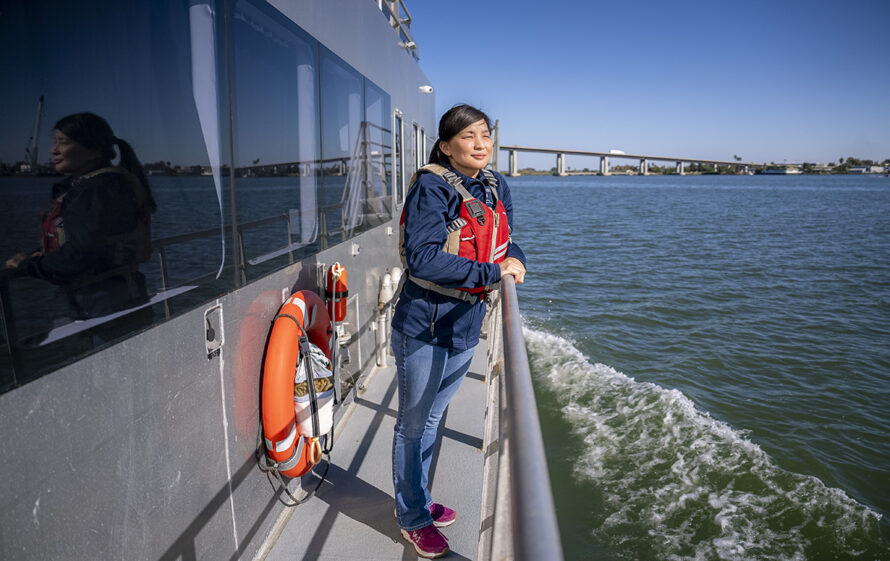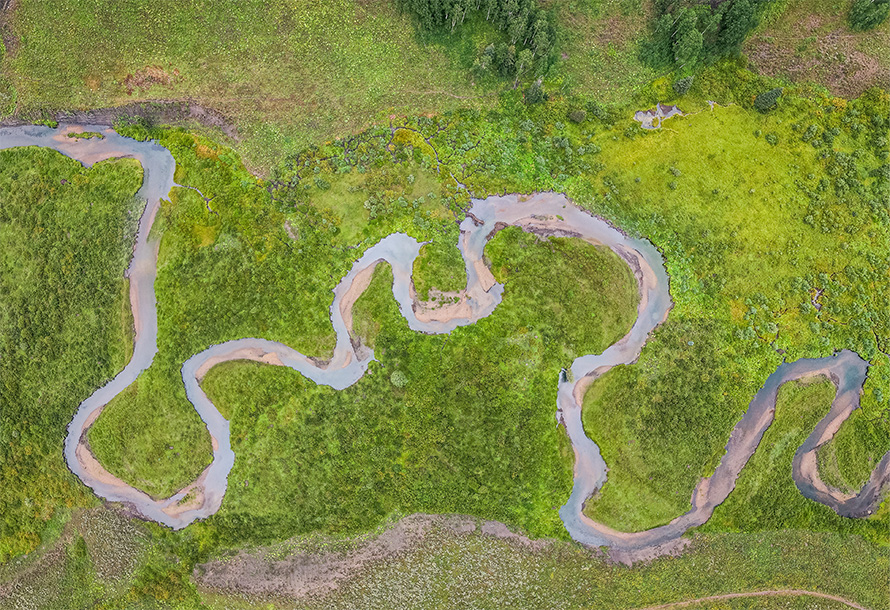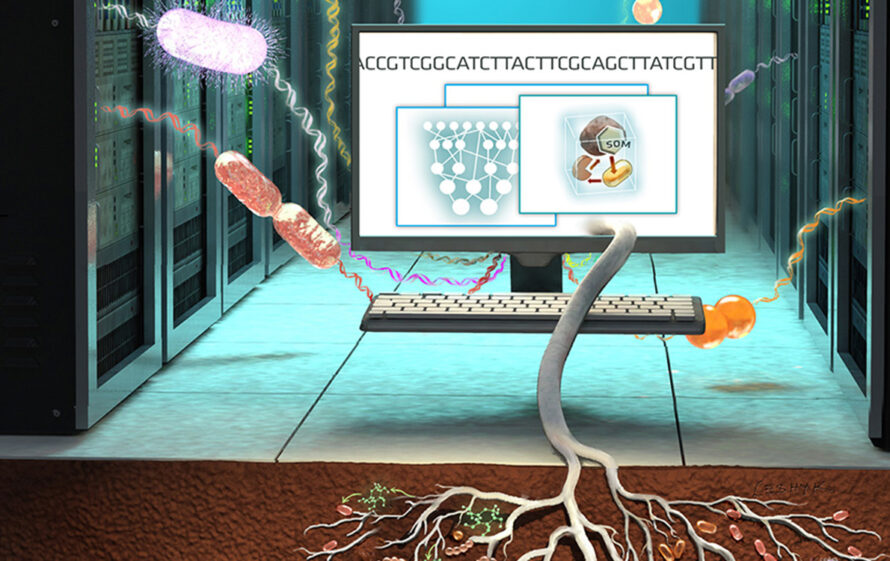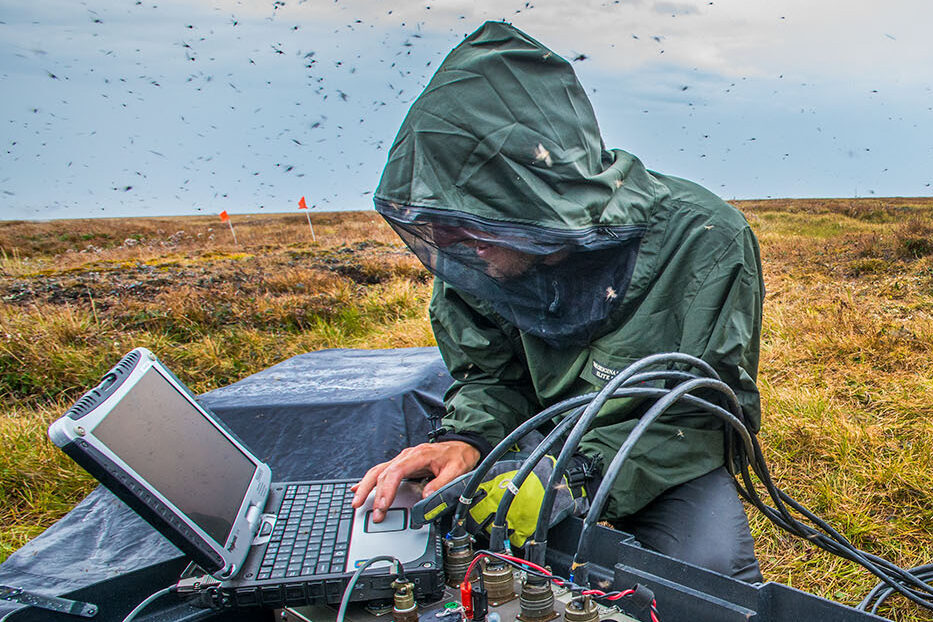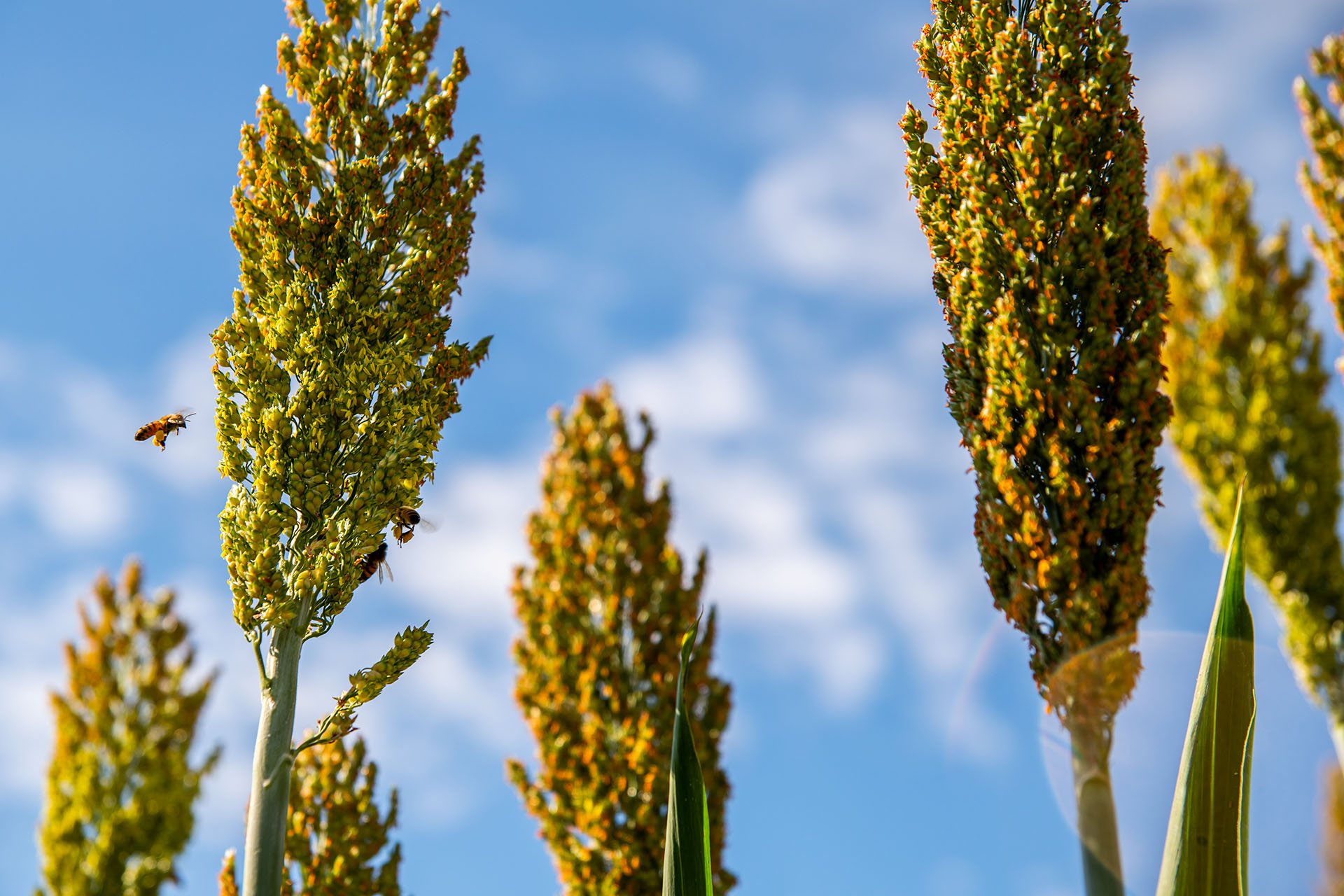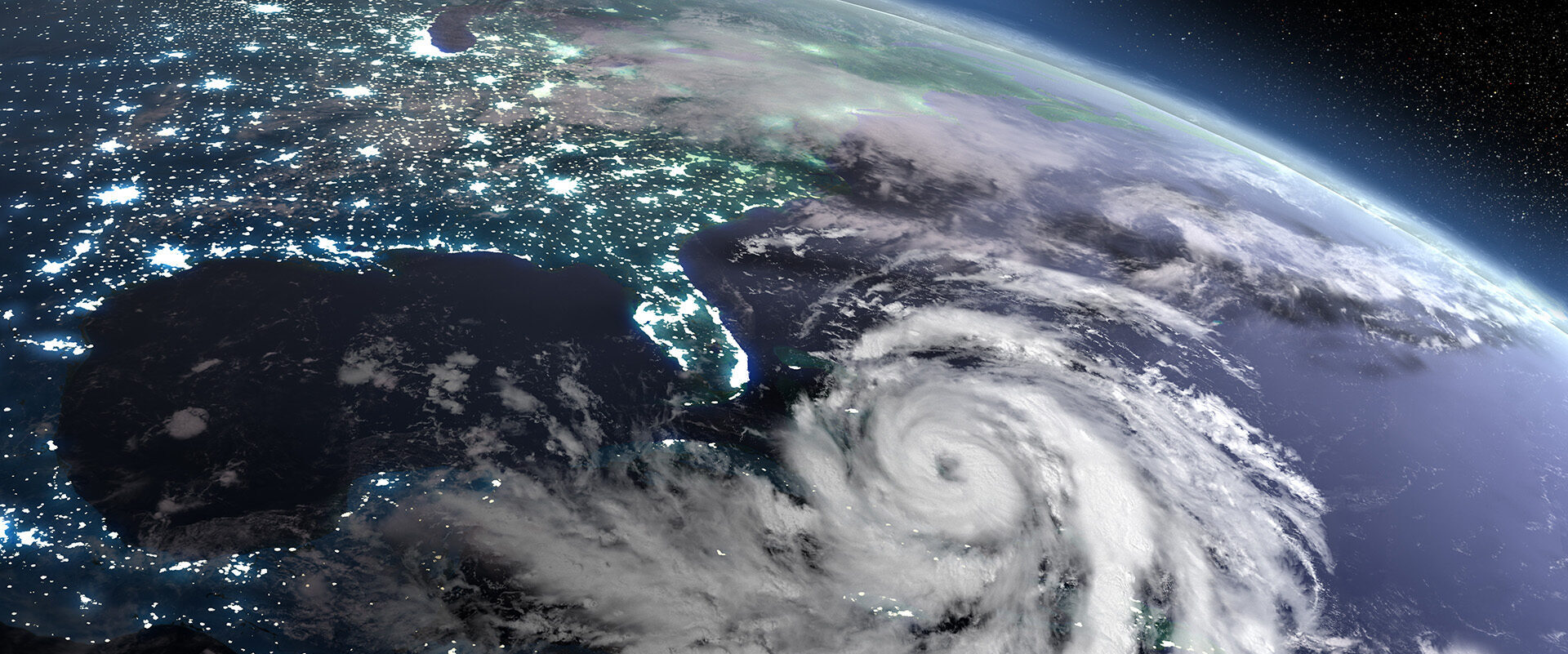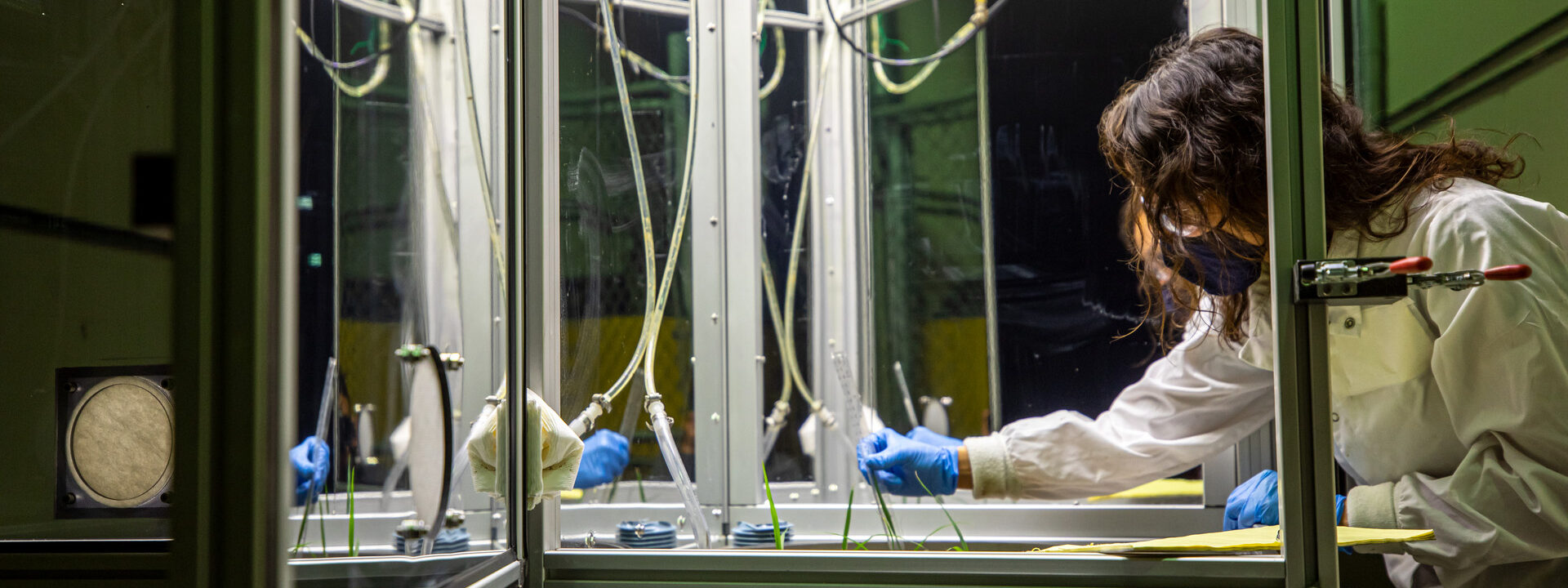Microbes, the most abundant and diverse form of life on Earth, play a key role in everything from agriculture to water quality and environmental resilience. Berkeley Lab is performing foundational research to better understand how microbes interact with each other and their environment to find solutions for Earth’s most pressing problems.
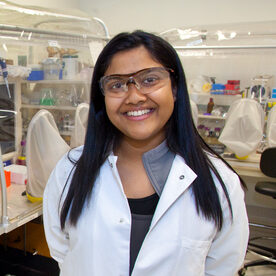
Soil-plant-microbe interactions
Studying how genomics shape microbial and plant function and microbial communities influence plant growth using various technologies to transform our ability to seamlessly quantify and predict soil-microbe-plant interactions.
Microbiomes or microbial communities
Studying how microbes drive geochemical cycles, environmental dynamics shape microbial communities, and ecosystems affect energy, water and nutrient cycles, and fundamental processes.
Modeling
Gaining insight from large data sets and developing new simulation tools for ecosystem science using high-performance computing and machine learning.
Lab-to-field
Using fabricated ecosystems of different scales to bridge the gap between lab and field research and make ecosystem experiments reproducible.
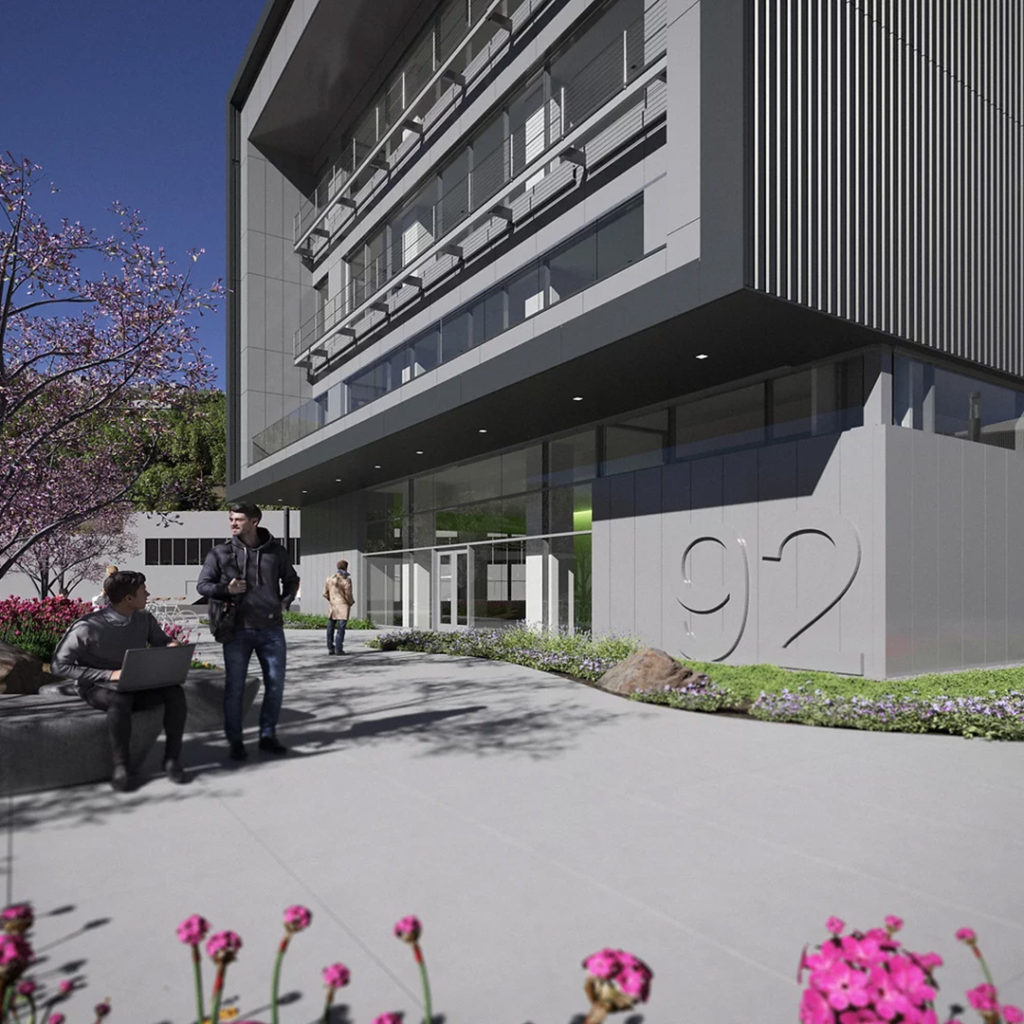
BioEPIC focuses on understanding how microbes interact with soils and plants to influence the environment.
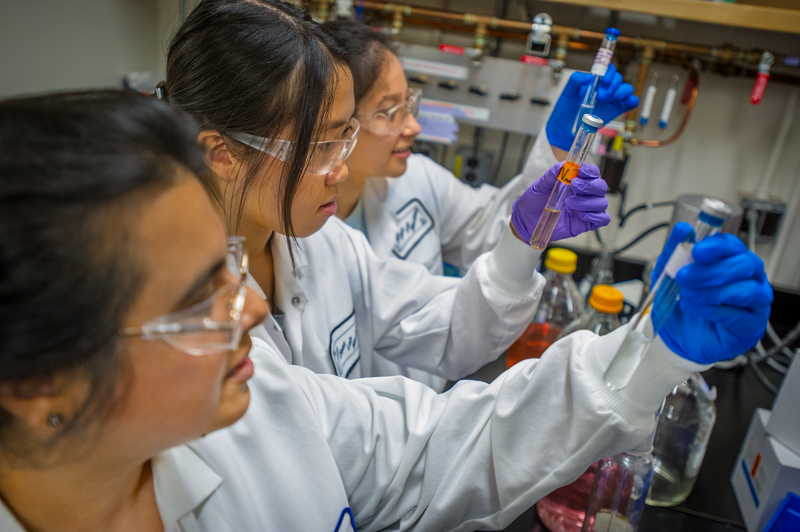
ENIGMA researchers collaborate to create a predictive model of microbial communities’ effects on critical processes within an ecosystem.
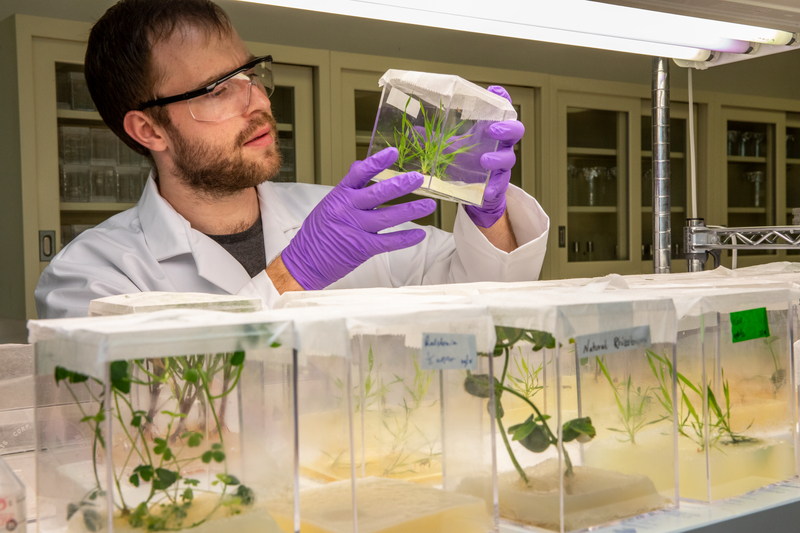
A project that aims to understand and control the microscopic organisms that live on plant roots to support sustainable bioenergy.
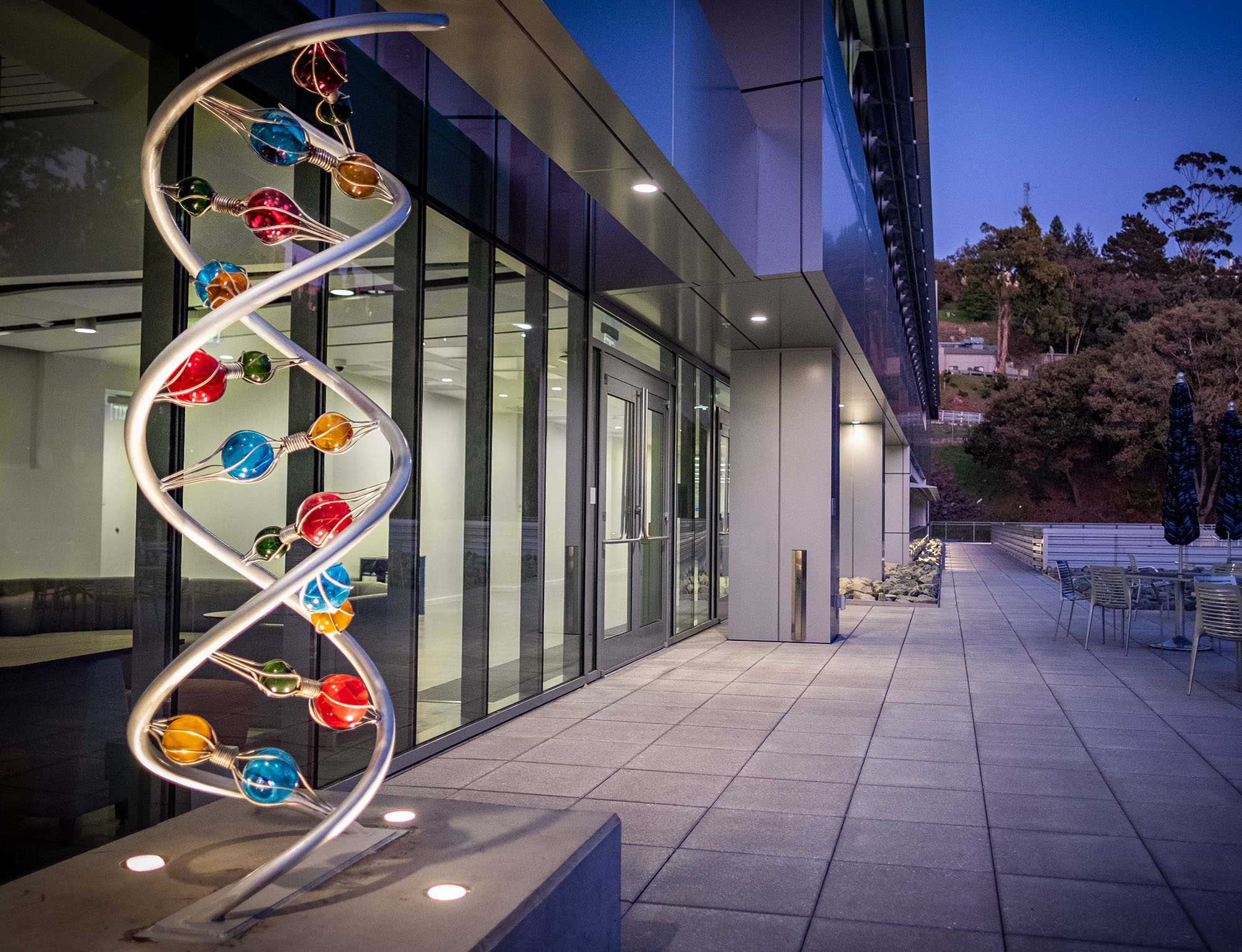
Advances genomics in support of U.S. Department of Energy missions related to energy generation and environmental characterization and cleanup.
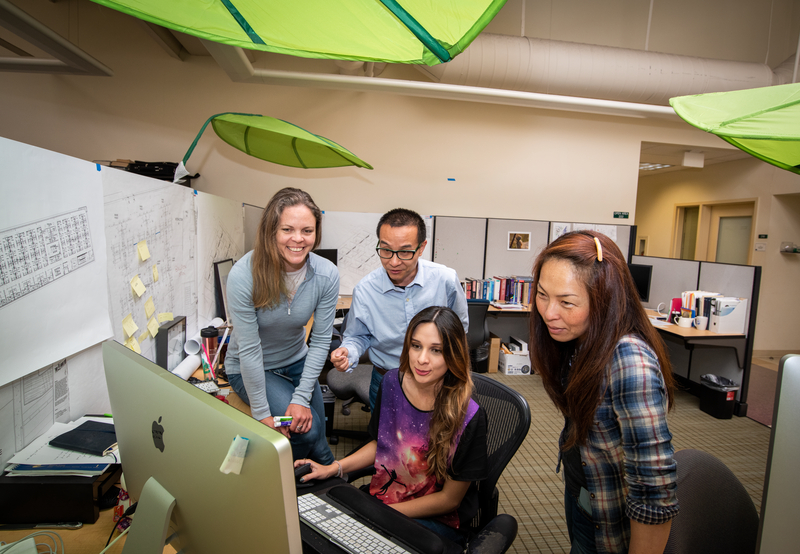
KBase enables users to analyze, share, and collaborate using data and tools designed to help build increasingly realistic models for biological function.
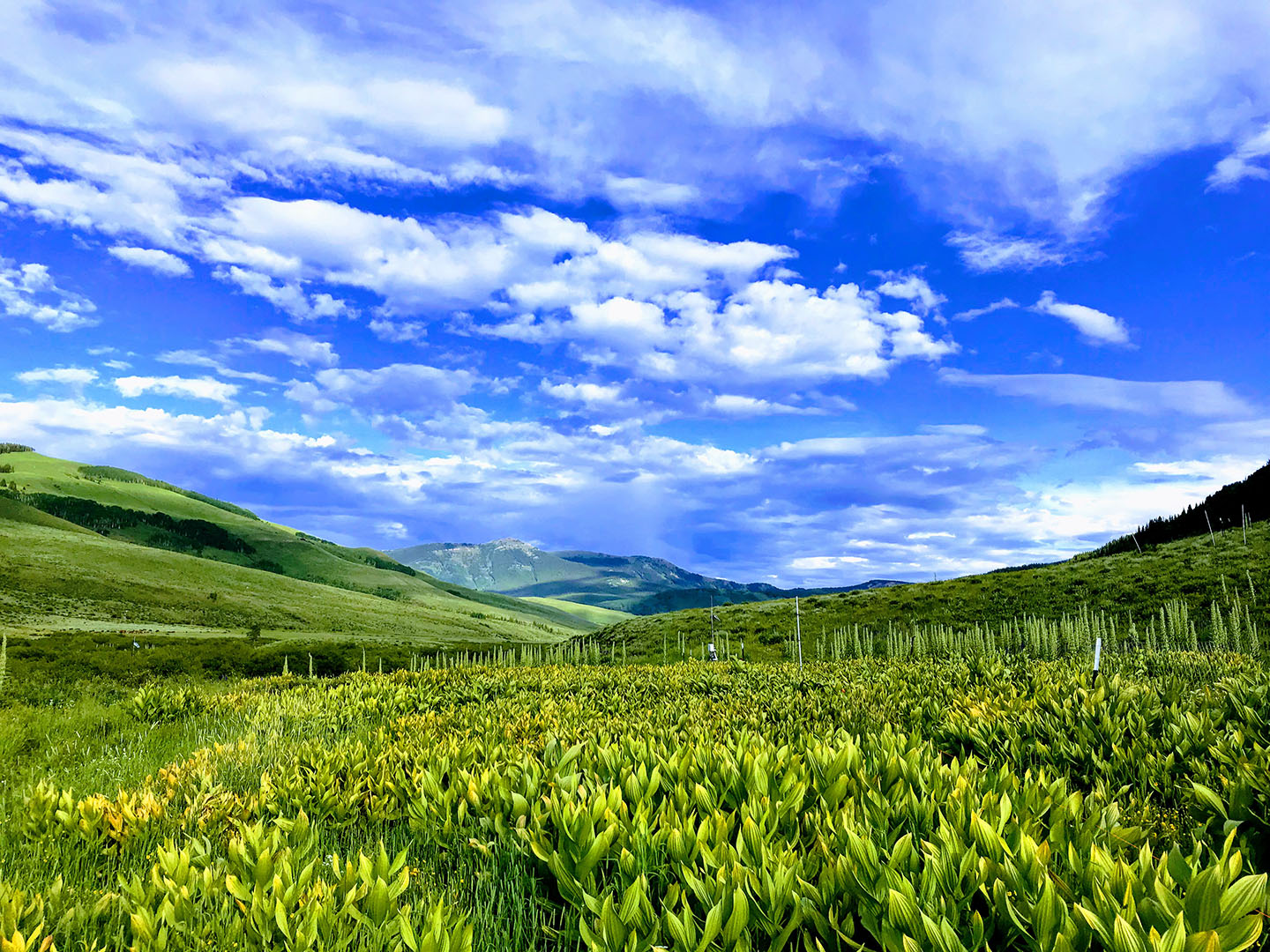
Empowers the research community to harness microbiome data exploration and discovery through a collaborative integrative data science ecosystem.
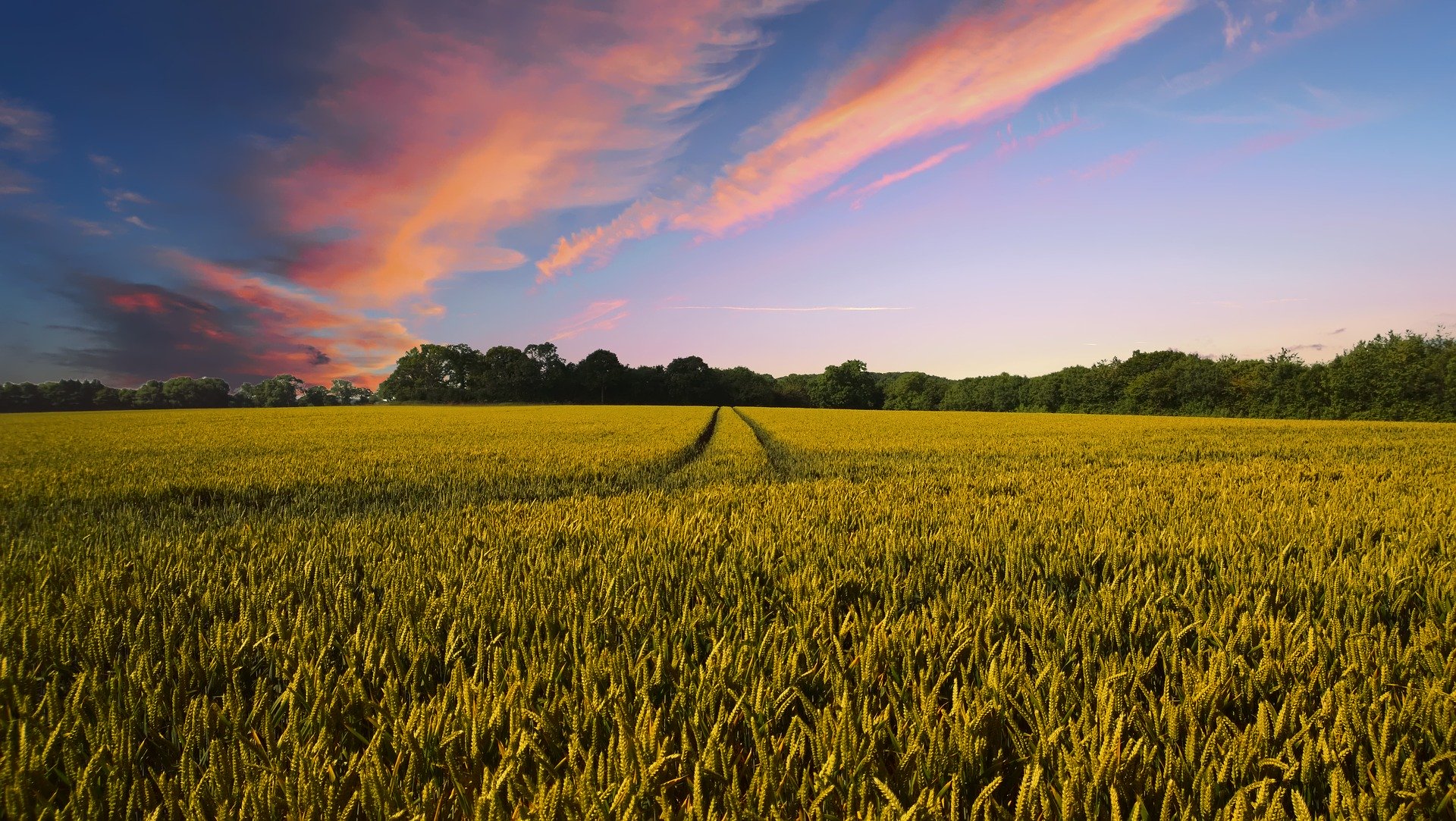
Replicate important ecosystem dynamics to streamline microbe study and make research reproducible.
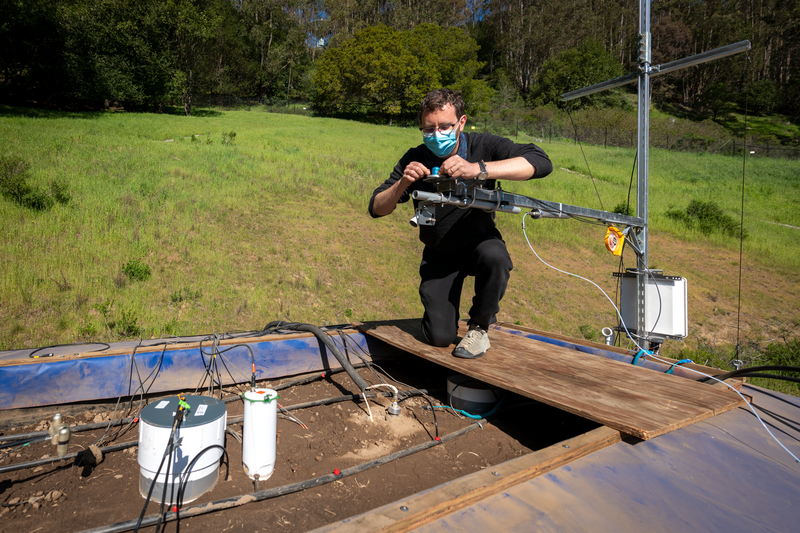
This testbed will help usher in breakthroughs in our ability to understand and predict soil-microbe-plant interactions and their regulation of ecosystem functioning under changing, real-world conditions from laboratory to testbed to field, and from hours to decades.
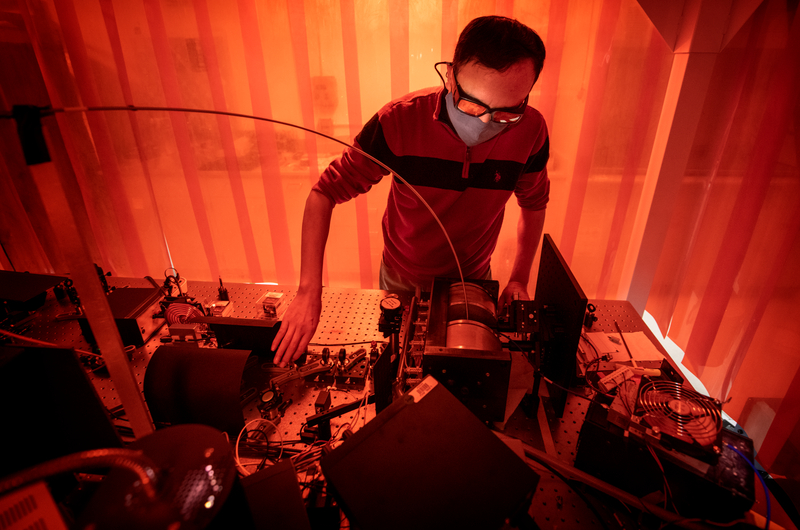
Develops and deploys novel sensing tools and associated analytical and telemetry capabilities to quantify interactions between key environmental factors and biological functioning within ecosystems across scales.
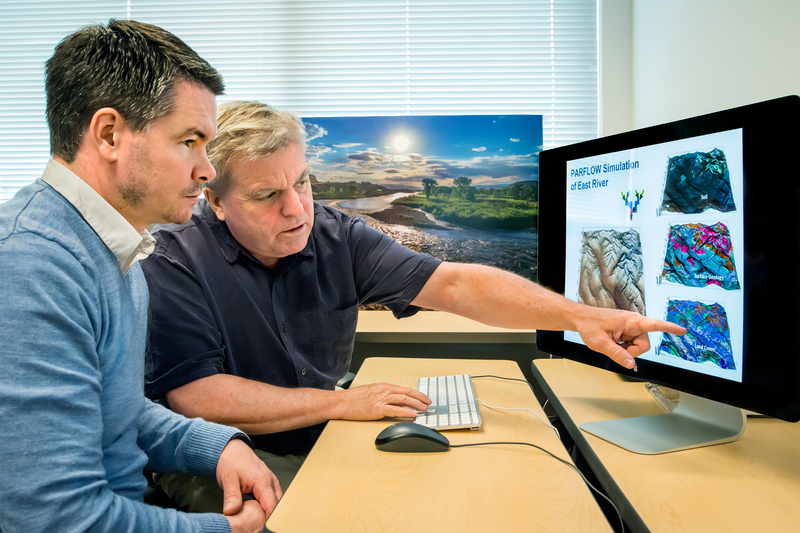
An advanced simulation framework for the realistic portrayal of plant-soil-microbe interactions across scales.
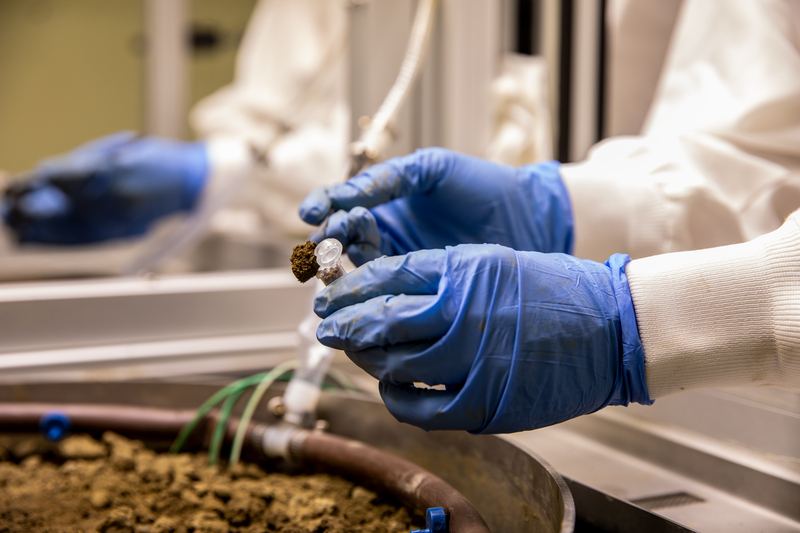
Aims to pilot “twin” ecosystems in the laboratory and field that use sensors and autonomous controls to study changes in root secretions during drought stress to see if they select for beneficial microbes.
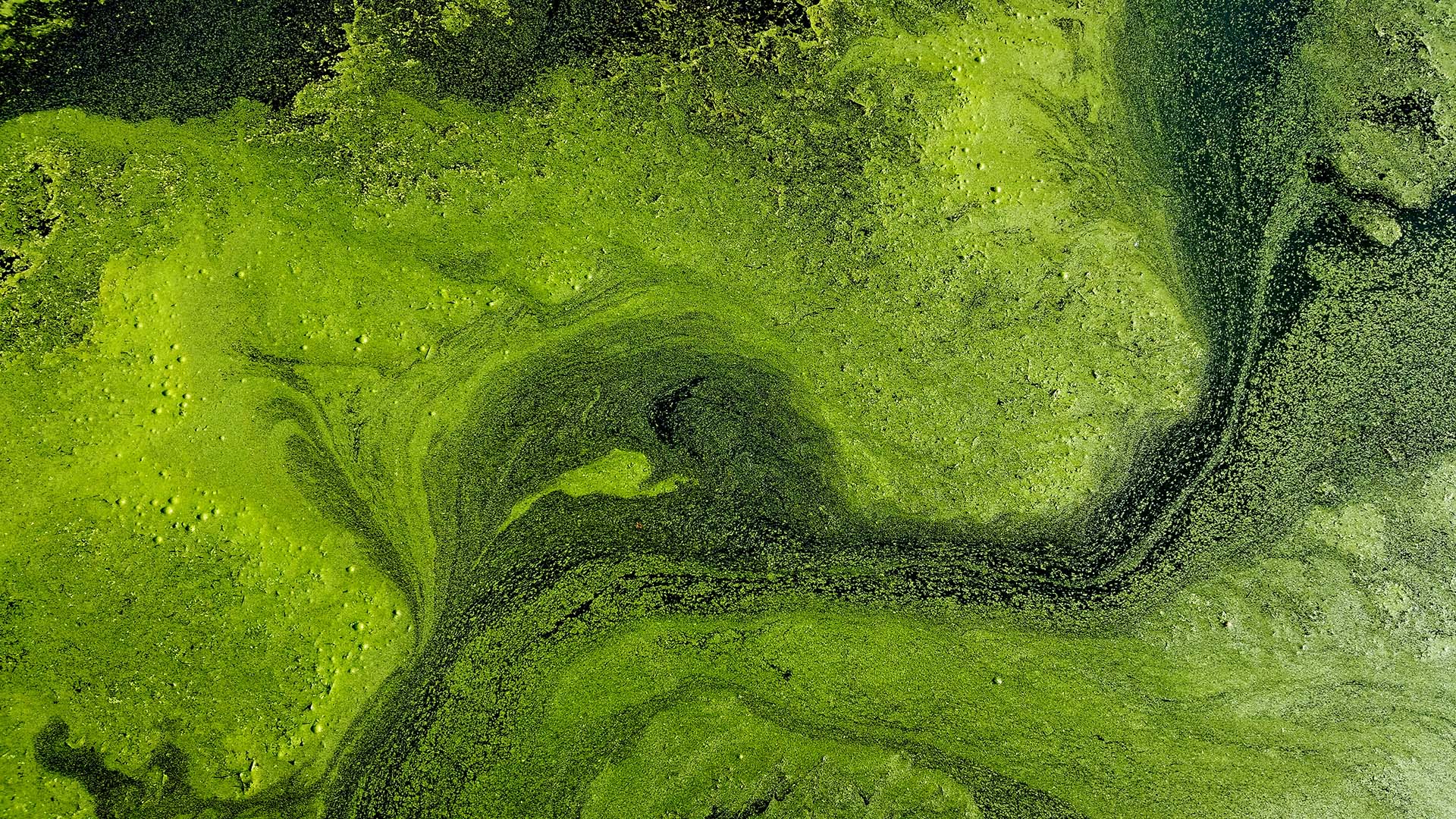
As part of this multi-institutional effort, Berkeley Lab scientists are studying and modeling the exchanges of carbon, nutrients, and elements across coastal terrestrial-aquatic interfaces.
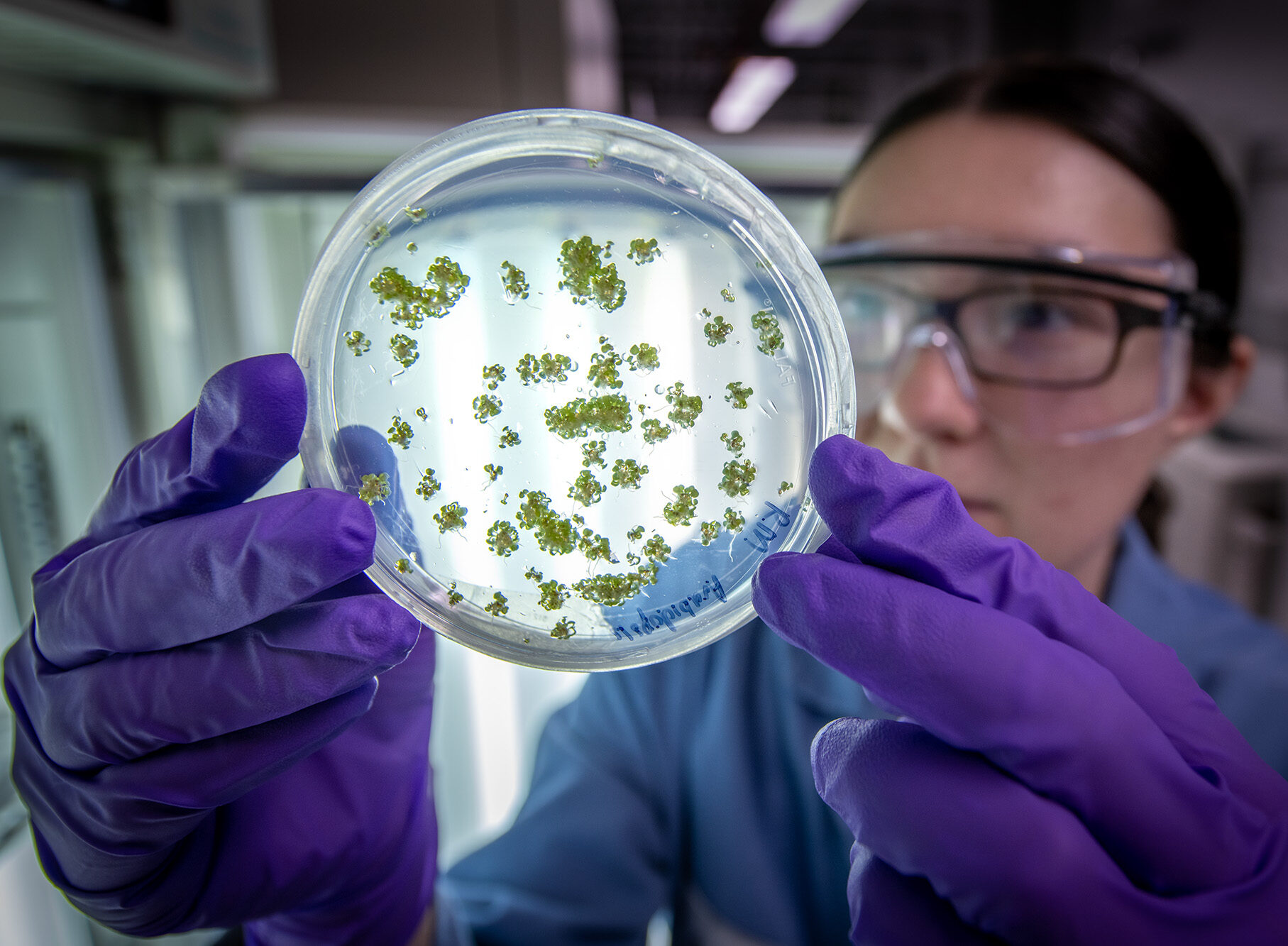
The ExaBiome project aims to provide scalable tools for three core computational problems in metagenomics: metagenome assembly, protein clustering and annotation, and signature-based approaches.
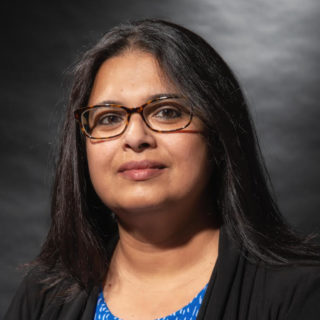
Romy Chakraborty is head of the Ecology Department in the Earth and Environmental Sciences Area. Chakraborty has pioneered discovery of unique microbes catalyzing key biogeochemical processes in diverse ecosystems to enable translational solutions for improving environmental health and sustainable agriculture.
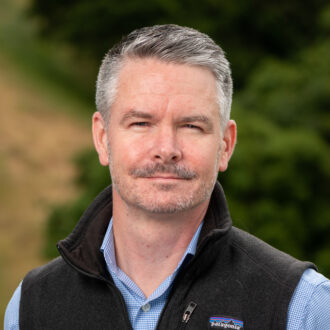
Eoin Brodie is the deputy director of the Earth and Environmental Sciences Area's Climate and Ecosystem Sciences Division, using technologies to reverse-engineer complex microbiomes in natural and managed ecosystems. He is also the Laboratory Research Manager of the Watershed Function Science Focus Area, a science co-lead for BioEPIC, and co-directs the Joint Berkeley Initiative for Microbiome Sciences (JBIMS).
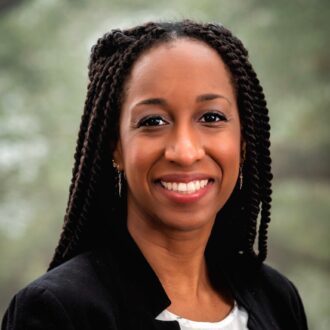
Jonelle Tamara Basso is a research scientist at the DOE Joint Genome Institute focusing on plant-microbe interactions. Her research investigates the quantitative impact of phage genes on root colonization and the molecular underpinnings of a presumptive plant-bacterial-phage interaction.
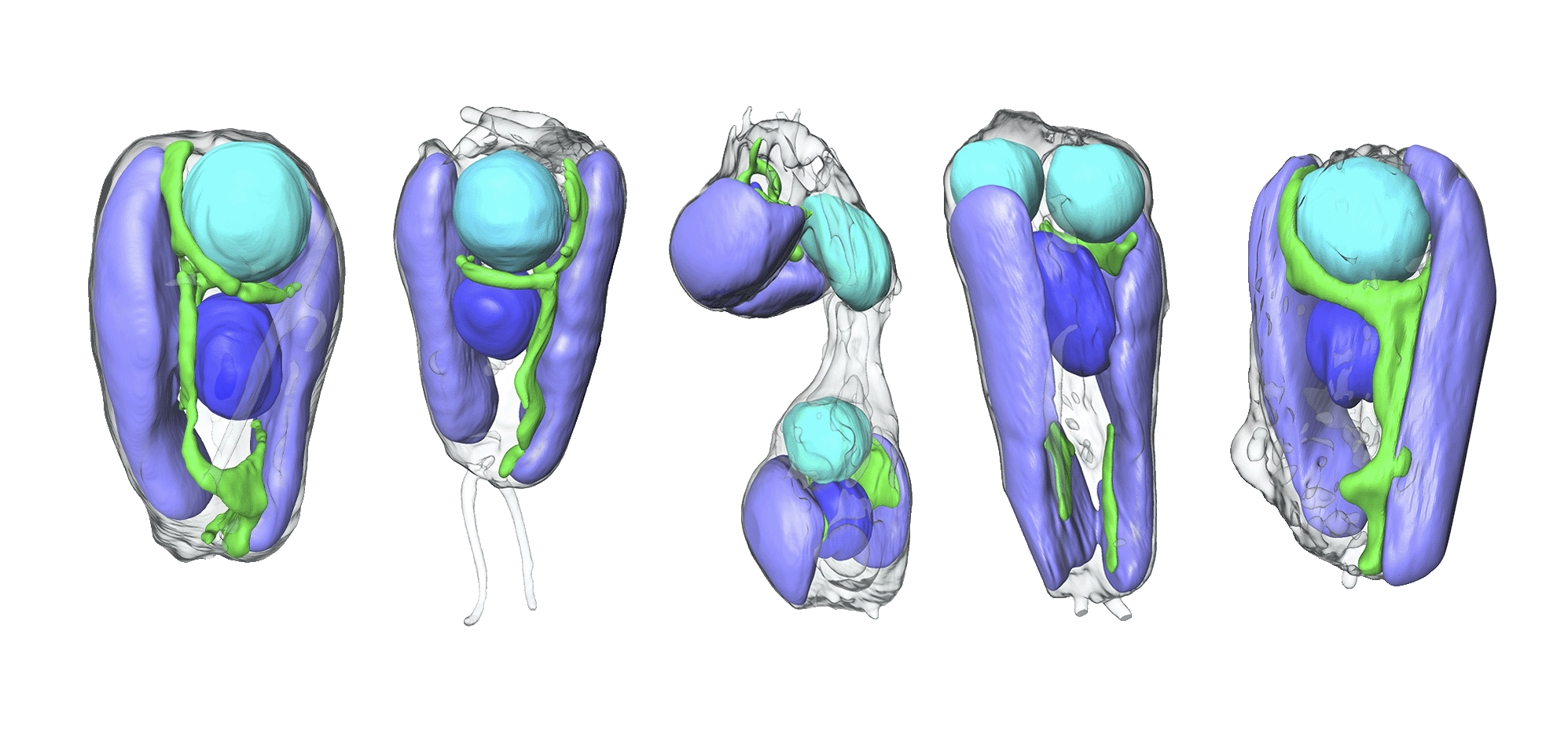
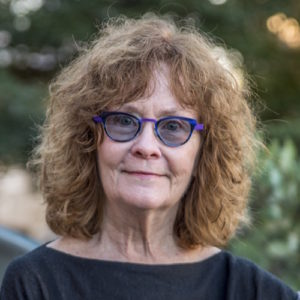
After years of work, an international team found evidence that a once-independent nitrogen-fixing microbe has become a permanent resident within algae cells. Imaging performed by Berkeley Lab bioscientists was key to the breakthrough.
Diatoms do so much for us already – they’re the base of the oceans’ food chains and take up 20% of the planet’s carbon dioxide through photosynthesis. But biologist Setsuko Wakao thinks they’d be great at another job too: acting as tiny sponges to store toxic or useful metals using the molecule structure of their gorgeous shells.
